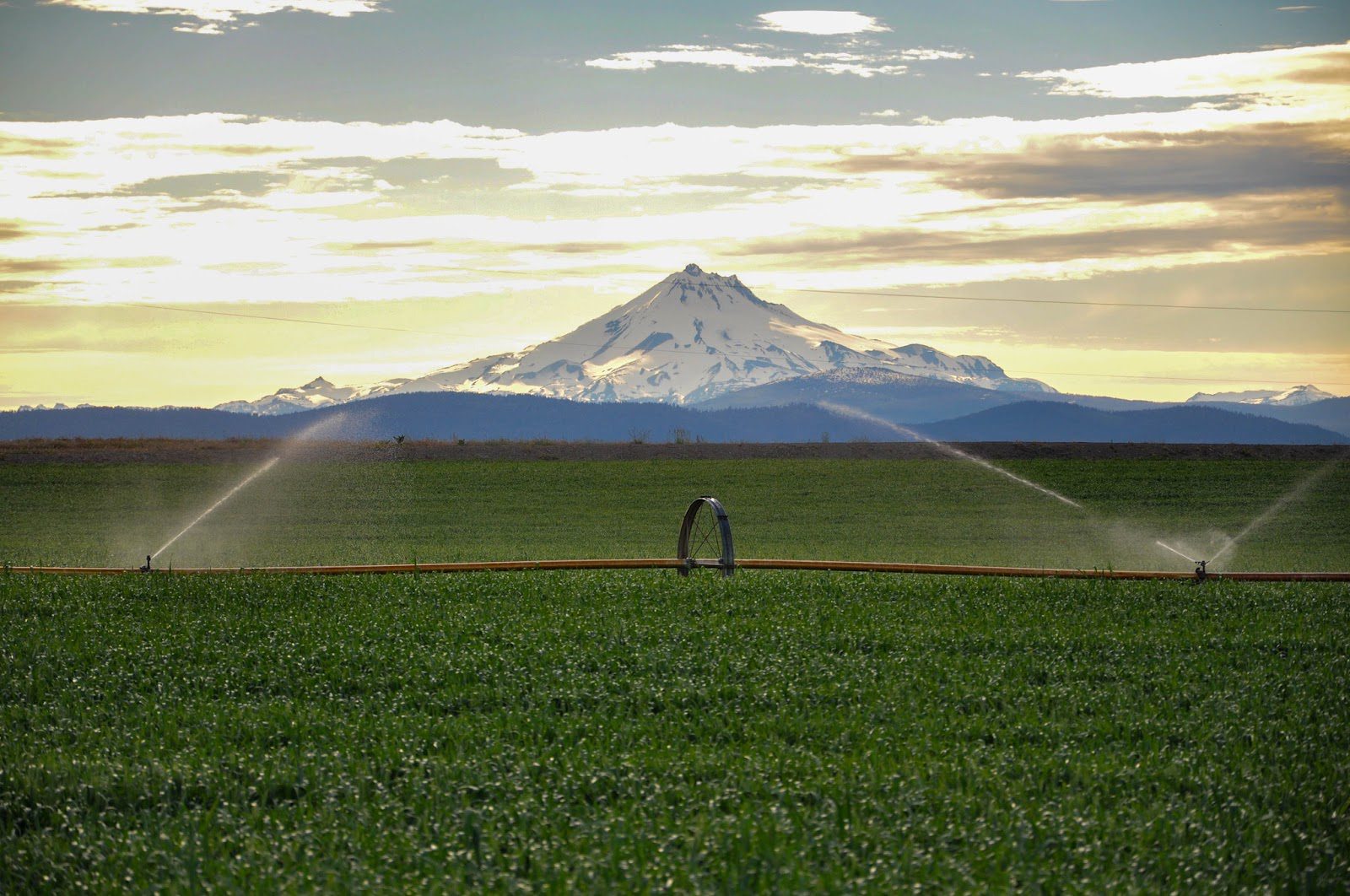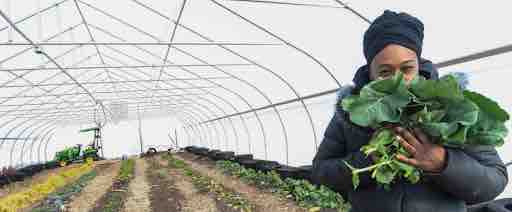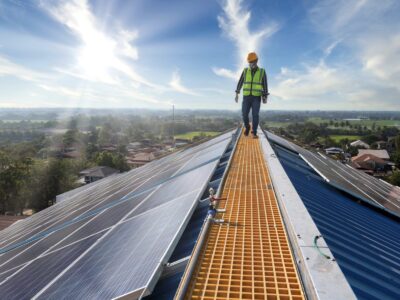Federal programs designed to increase clean energy use in rural communities have allocated billions of dollars for infrastructure and related investments, and communities are lining up to take advantage of them. According to a September press release, the U.S. Department of Agriculture (USDA) said it has seen “record demand for funding to advance affordable and reliable clean energy in rural America” through programs made possible by the 2022 Inflation Reduction Act (IRA).
The announcement said the programs are designed to lower power costs for consumers and small businesses in rural communities and create good-paying jobs. The IRA earmarked nearly $13 billion “to support clean energy infrastructure for rural America through USDA Rural Development programs.”
Funding will help eligible participants build renewable power and zero-emission systems and make energy-efficiency improvements. According to the press release, once the improvements are in place, they should “significantly increase the affordability and reliability” of clean energy while also cutting greenhouse gas emissions.

Photo Courtesy Natural Resources Conservation Service
“The Biden-Harris Administration’s Inflation Reduction Act is driving investment in rural communities across the nation, particularly in places that for too long have been left out or left behind,” USDA Secretary Tom Vilsack said in a statement. “Our programs are a major opportunity to build a clean energy economy in rural America that will lower energy costs, strengthen energy security, create good-paying jobs, and meet our climate goals.”
Funding requests largely center on four programs: Empowering Rural America, Powering Affordable Clean Energy, Rural Energy for America, and Natural Resources Conservation Service offerings.
Empowering Rural America (New ERA)
In May 2023, the USDA made $9.7 billion available under the New ERA program for member-owned rural electric cooperatives to help residents in their service areas get clean, affordable, and reliable energy. The USDA received 157 proposals from nearly every state and Puerto Rico.
Requests were submitted for more than 750 clean energy projects in rural communities. The proposals totaled more than twice the $9.7 billion earmarked for the program.

Photo Courtesy USDA
According to the USDA, more than half of the letters of interest came from “distressed, disadvantaged, energy or Tribal communities.” One applicant indicated that clean energy investments could save each household in its service area $700 a year.
Powering Affordable Clean Energy (PACE) Program
Also in May, the USDA made $1 billion available under PACE to fund new clean energy projects and energy storage in rural America. As of late September, the agency had received requests for more than $7.8 billion through letters of interest.
Rural Energy for America Program (REAP)
During the 2022 fiscal year, the USDA said it received $75 million in applications under REAP to help agricultural operations and rural small business owners build clean energy systems and improve energy efficiency. Thanks to the IRA, fiscal 2023 funding requests totaled nearly $900 million.

Photo Courtesy USDA Rural Development
The REAP initiative is administered by the USDA’s Rural Business-Cooperative Service, according to the National Sustainable Agriculture Coalition (NSAC). The NSAC website says the program offers two types of funding:
- “Grants and loan guarantees to farmers and rural businesses for energy efficiency improvements and purchase of renewable energy systems.
- Grants to service providers who work with farmers and rural small businesses for energy audits and renewable power planning and development.”
Conservation Programs
In September, the USDA announced that it has also seen “substantially more interest” in Natural Resources Conservation Service (NRCS) programs than it has funds available under the Inflation Reduction Act.
These programs are designed to help farmers and ranchers expand conservation practices that reduce carbon emissions and increase carbon storage.
The NRCS is the USDA’s main private lands conservation agency. Its mission is to work with producers and communities to help them meet conservation and business goals, with the aim of ensuring the long-term sustainability of U.S. agriculture.





